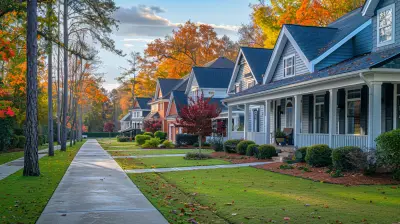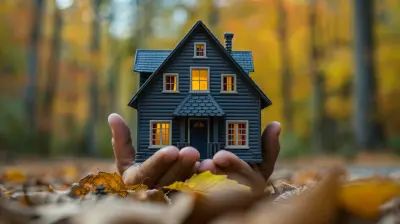Eco-Friendly Land Development: Challenges and Opportunities
5 November 2025
Sustainable living is more than just a trend—it’s a necessity. With climate change and environmental concerns taking center stage, the real estate industry is being pushed to rethink traditional development practices. Enter eco-friendly land development—an approach that aims to balance growth with sustainability.
But here's the catch: it's not always easy. There are hurdles to overcome, yet the opportunities are boundless. So, let’s dive into the challenges and possibilities of eco-friendly land development and why it’s the future of real estate.
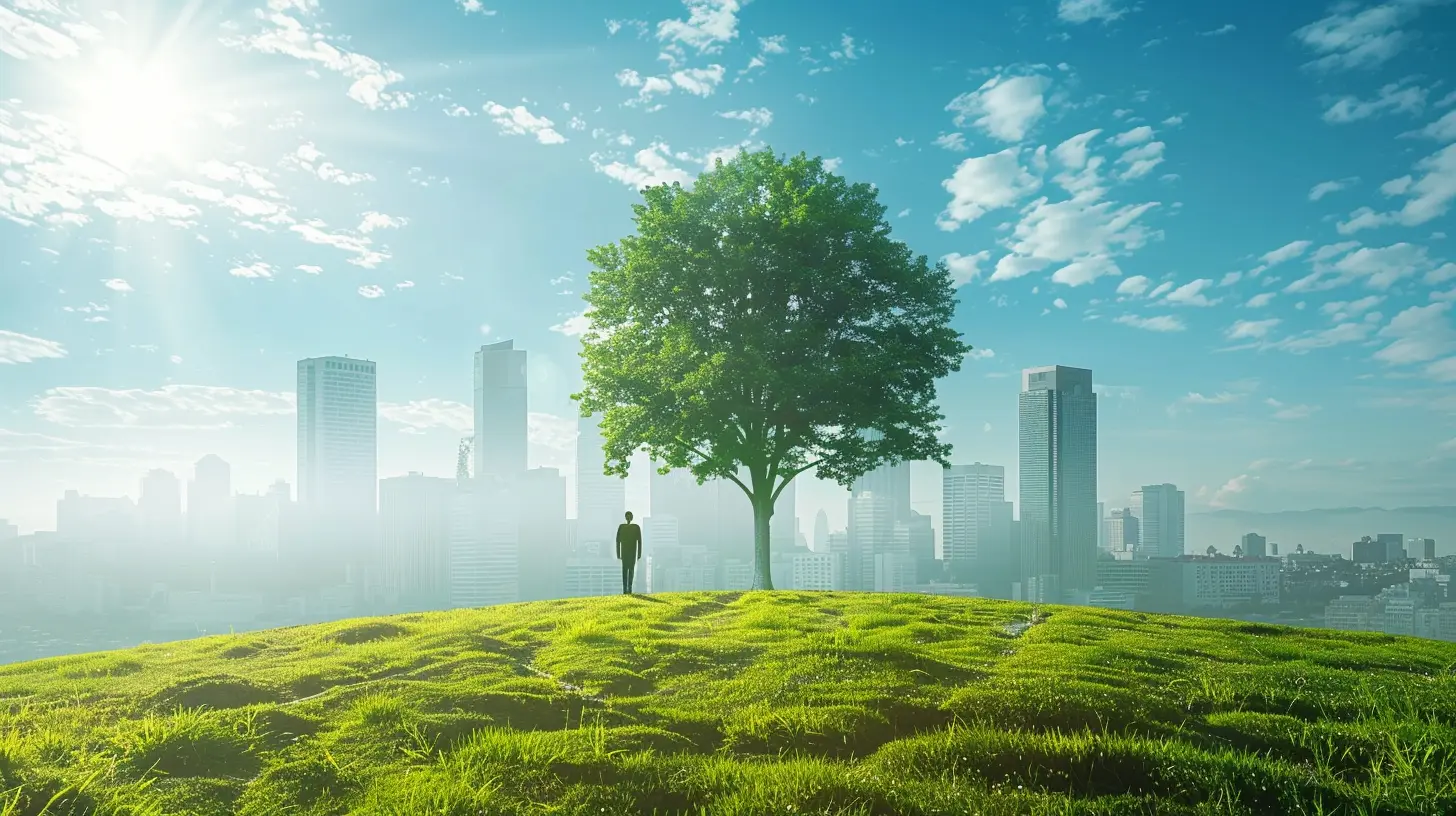
What is Eco-Friendly Land Development?
Eco-friendly land development is all about designing and constructing properties in a way that minimizes environmental impact. This can involve:- Using sustainable building materials
- Reducing energy consumption
- Preserving natural resources
- Incorporating green spaces
- Implementing renewable energy solutions
The goal? To create communities that thrive while ensuring that nature isn’t sacrificed in the process. But while the idea sounds great on paper, bringing it to life is a whole different ball game.
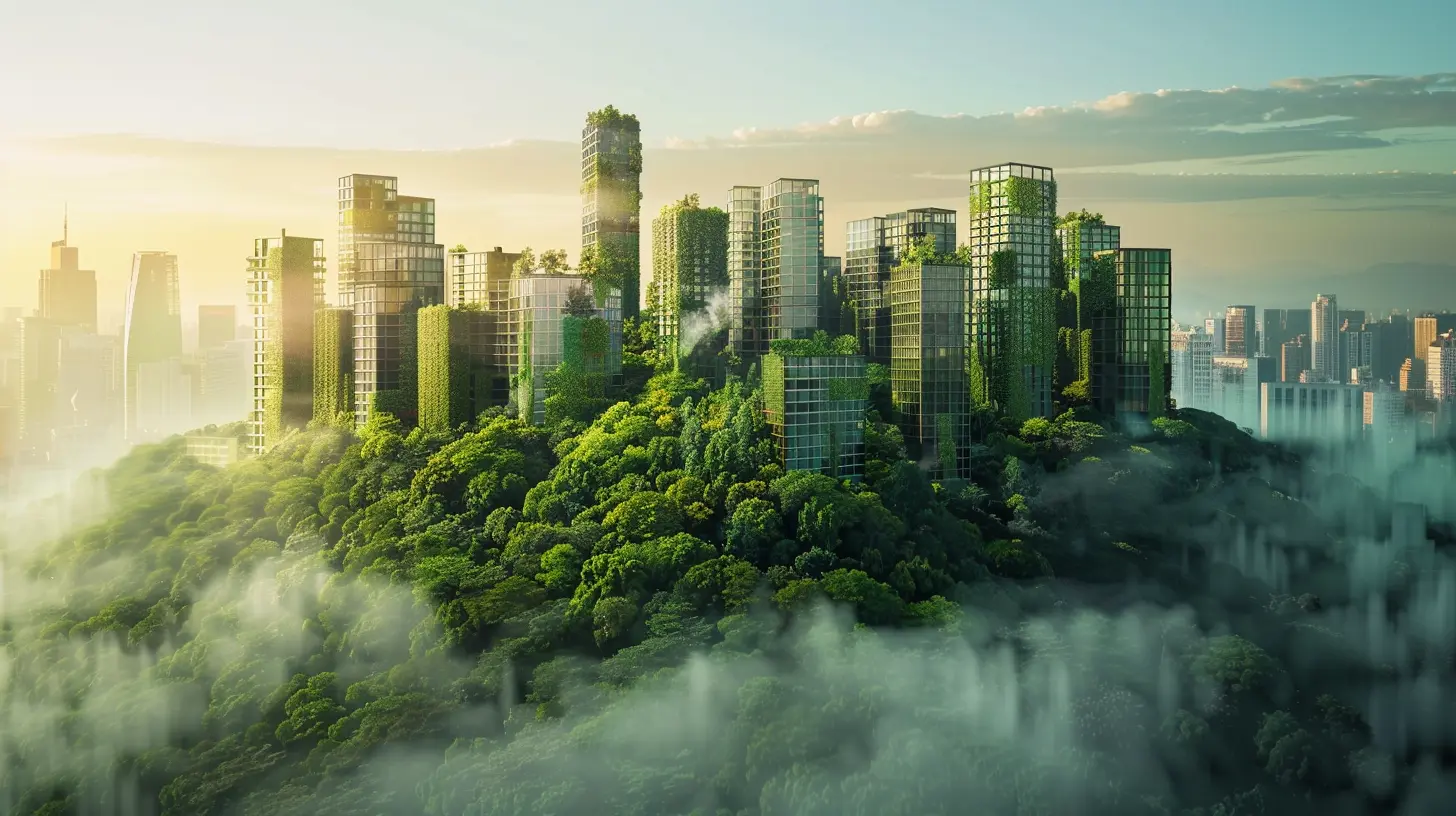
Challenges in Eco-Friendly Land Development
1. High Initial Costs
One of the biggest roadblocks developers face is the financial aspect. Eco-friendly materials, energy-efficient technologies, and sustainable construction practices typically come with a higher upfront cost.For example, installing solar panels, using reclaimed wood, or integrating rainwater harvesting systems can be pricey. While these investments pay off in the long run through energy savings and increased property value, many developers hesitate due to the immediate financial burden.
2. Strict Regulations and Permits
Building green isn’t just about having a vision; it requires approval from regulatory bodies. Many governments have sustainability guidelines covering everything from energy efficiency to water conservation.While these regulations are put in place to promote responsible development, they often come with bureaucratic red tape, slowing down the process and increasing costs.
3. Limited Availability of Sustainable Materials
Sourcing eco-friendly materials can be a challenge. Not every region has easy access to materials like bamboo flooring, recycled steel, or low-VOC (volatile organic compound) paints. And even when they are available, the costs may be steep due to limited supply.4. Resistance from Traditional Developers
Let’s be honest—change is hard. Many developers and investors are hesitant to deviate from conventional construction methods. They see sustainable development as a risky endeavor that requires retraining staff, finding new suppliers, and adjusting project timelines.5. Infrastructure Challenges
Many eco-friendly technologies, like solar grids, water recycling systems, and energy-efficient HVAC systems, require an underlying infrastructure that may not be present in certain areas. Retrofitting existing infrastructure or developing new systems from scratch can be expensive and complicated.6. Market Awareness and Consumer Demand
While interest in sustainability is growing, not all buyers and tenants prioritize eco-friendly features. Some may not fully understand the long-term benefits, while others may be reluctant to pay a premium for green homes. This makes it harder to justify the additional investment required for eco-friendly projects.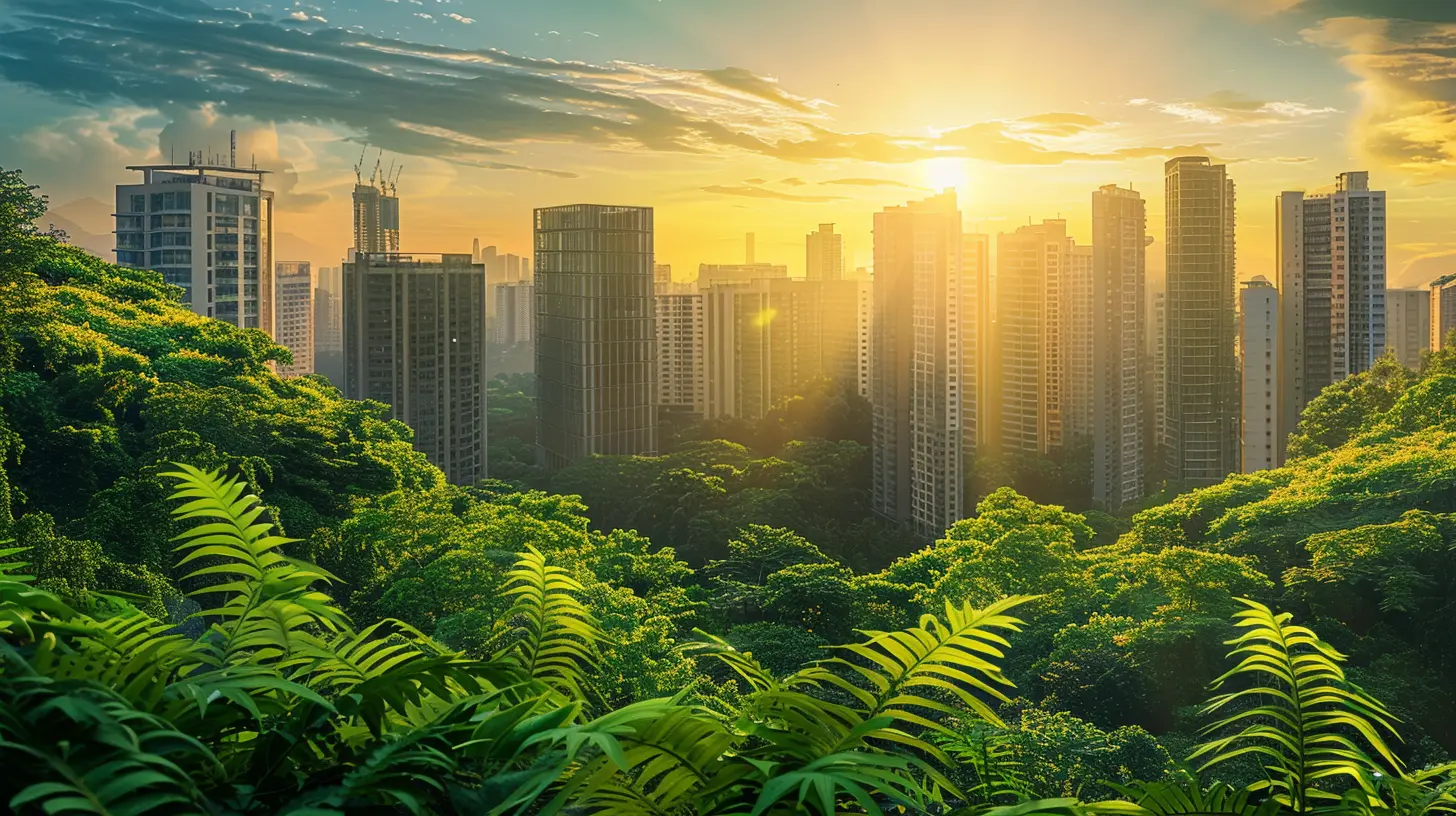
Opportunities in Eco-Friendly Land Development
1. Long-Term Cost Savings
While the initial investment in sustainable development is higher, the long-term benefits outweigh the costs. Properties designed with energy-efficient systems consume less electricity, water, and resources, reducing operational costs for homeowners and businesses.For instance, a home with proper insulation and solar panels can significantly lower utility bills, making it more attractive to buyers and renters.
2. Government Incentives and Tax Benefits
Many governments offer subsidies, tax credits, and incentives for green buildings. This helps offset some of the initial costs and makes eco-friendly development more financially viable.Developers who embrace sustainability can take advantage of rebates for installing solar panels, using energy-efficient appliances, or implementing water conservation techniques.
3. Higher Property Value and Market Demand
Sustainability is becoming a key selling point in real estate. Buyers and investors are increasingly interested in properties that offer eco-friendly features and long-term savings.Studies show that green buildings command higher resale values and attract more tenants, leading to increased profits for developers. Plus, properties with LEED (Leadership in Energy and Environmental Design) certification or similar ratings often receive premium pricing in the market.
4. Technological Advancements
The rise of smart home technology is making sustainable living easier than ever. From energy-efficient lighting to AI-driven climate control systems, technology is revolutionizing how properties consume and manage resources.Innovations such as modular construction, 3D-printed homes, and self-sustaining communities are shaping the future of eco-friendly real estate. These advancements not only reduce waste but also streamline the construction process.
5. Positive Environmental Impact
Beyond financial gains, eco-friendly land development contributes to a healthier planet. By reducing carbon footprints, minimizing waste, and preserving green spaces, sustainable developments play a crucial role in combating climate change.Additionally, properties designed with green roofs, community gardens, and native plant landscaping can improve air quality and foster biodiversity.
6. Increased Brand Reputation and Corporate Responsibility
Sustainability isn’t just about profits—it’s also about perception. Developers that incorporate eco-friendly practices enhance their brand reputation and attract environmentally conscious buyers and investors.In today’s socially aware market, consumers appreciate businesses that prioritize the planet. By embracing sustainability, developers can differentiate themselves from competitors while aligning with global environmental goals.
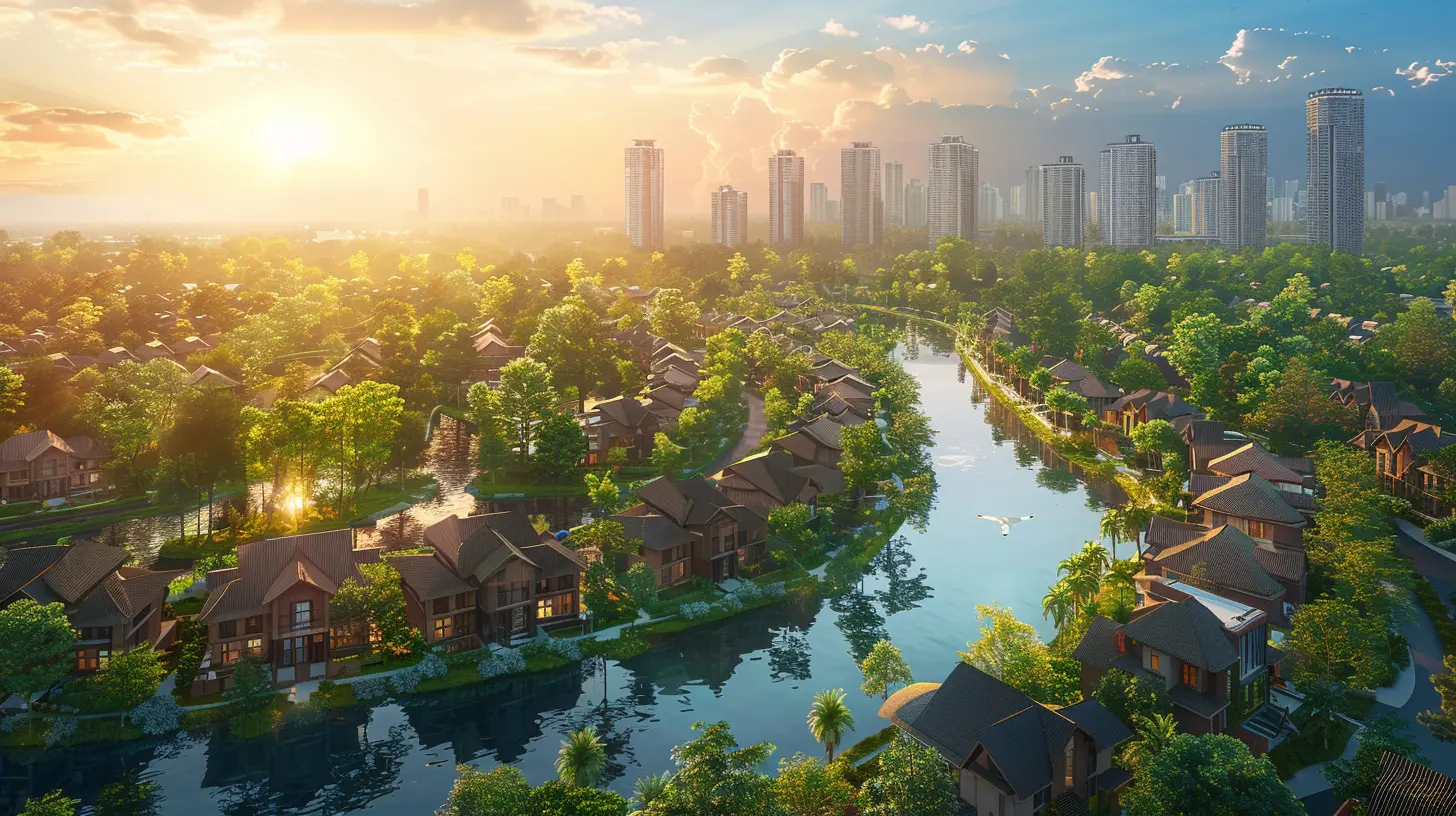
The Future of Eco-Friendly Land Development
The shift towards sustainable real estate is no longer a choice—it’s a necessity. Governments, businesses, and consumers are all recognizing the importance of responsible development.The real estate industry is evolving, and those who adapt early will reap the benefits. Whether it’s through innovative building techniques, renewable energy integration, or smart urban planning, the opportunities are limitless.
So, is eco-friendly land development challenging? Absolutely. But the rewards—both financial and environmental—make it a worthwhile investment. As technology advances and awareness grows, we can expect to see more communities embracing green living.
In the end, sustainable development isn’t just about constructing buildings—it’s about shaping a better future. And that’s something we can all get behind.
all images in this post were generated using AI tools
Category:
Land DevelopmentAuthor:

Melanie Kirkland
Discussion
rate this article
1 comments
Ursula McElhinney
This article highlights the critical balance between eco-friendly land development and the inherent challenges it presents. Emphasizing sustainable practices opens doors to innovation while addressing environmental concerns—a vital conversation for the future of real estate.
November 8, 2025 at 4:12 AM

Melanie Kirkland
Thank you for your thoughtful comment! I completely agree—the balance between sustainable practices and real estate innovation is crucial for our future.

